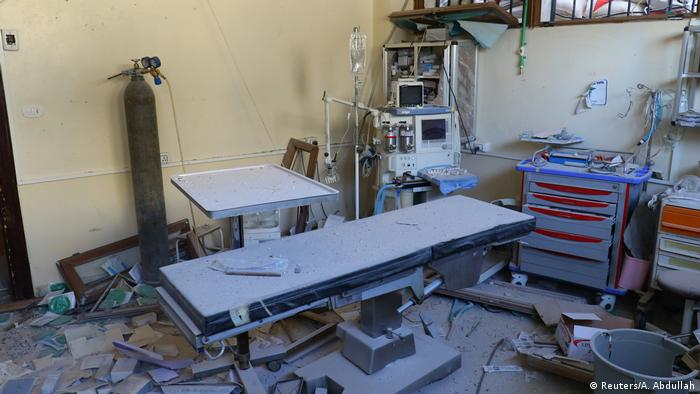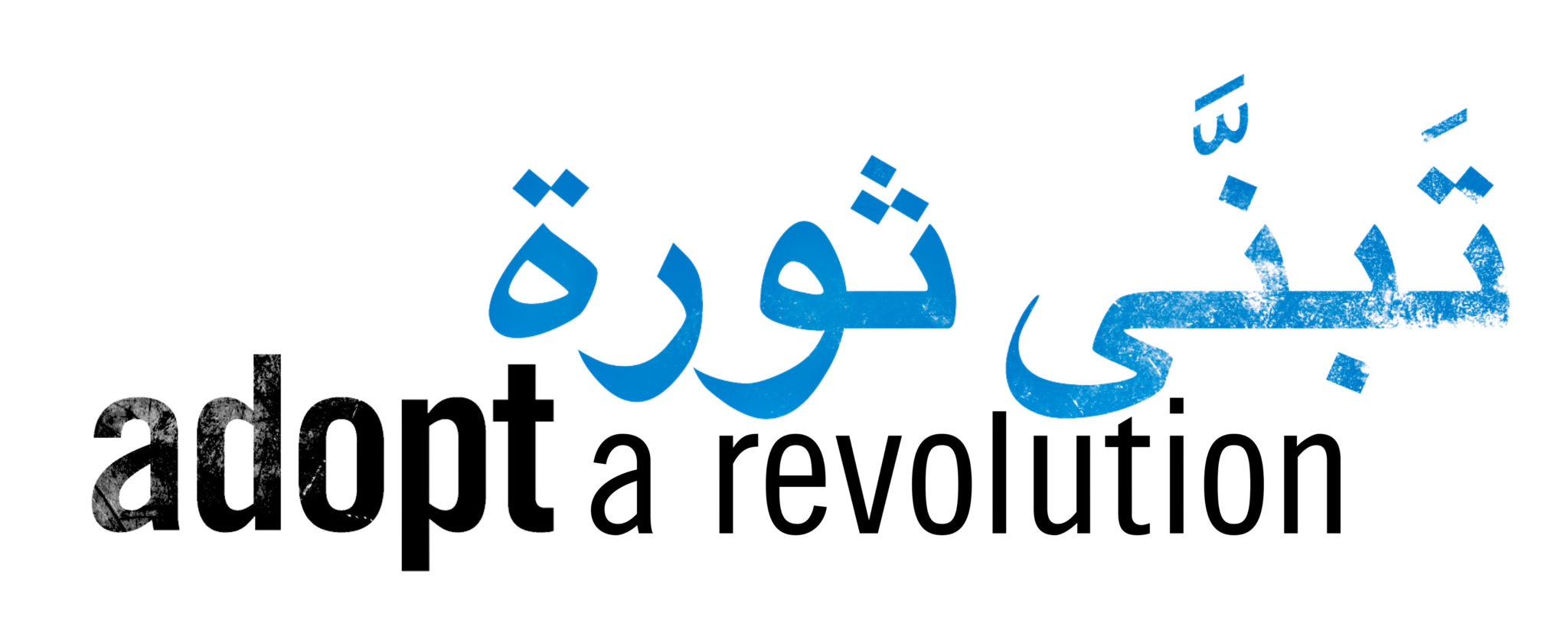
After the shelling of a maternity hospital in Mariupol, Ukraine last week, there was a large international outcry: UN Secretary-General António Guterres spoke of a “horrific” act and demanded that the senseless violence must stop. The Russian army is also currently shelling hospitals during attacks on the port city of Mykolaiv in southern Ukraine. The WHO now counts 18 confirmed attacks on medical targets in Ukraine. US Secretary of State Antony Blinken accused Russia of acting unscrupulously. What is clear: Targeted attacks on civilian infrastructure, such as hospitals, are a war crime according to the Geneva Conventions.

These attacks are part of the logic of war, especially of the Russian military. This is also well documented in the Syrian war: Between March 2011 and June 2021, the Physicians for Human Rights (PHR) documented at least 600 targeted attacks on at least 350 different medical facilities in Syria, in which at least 930 people were killed. 540 of these attacks could be proven to have been committed by the Syrian regime or its allies Russia and Iran. What logic do warmongers like Assad or Putin follow with the targeted attacks on medical infrastructure?
1. Punishment and demoralization
Since the beginning of the military conflict in Syria, the systematic destruction of medical infrastructure has been part of the regime’s war strategy. These were not only attacks on medical facilities, but also on medical staff. Especially in the first four years of the war, doctors were exposed to particularly severe persecution.
After gunshots were fired during demonstrations, the Assad regime’s security forces went to hospitals to search for people with gunshot wounds in order to arrest, question and torture them. Doctors accused of caring for rebels were also arrested and tortured by the regime. To this day, there is no trace of many arrested medical professionals. Eventually, as hostilities escalated, hospitals and wards came under direct attack, particularly in areas no longer under regime control.
The logic of these attacks is that anyone who evades the rule of the Assad regime should no longer have the opportunity to lead a life of security and dignity. As early as 2013, soldiers of the Assad regime wrote at checkpoints to seal off besieged areas around Damascus: “Either you bow down or you will starve.” Putin follows the same logic in Ukraine.
2. Expulsion
The strategic destruction of vital infrastructure has been, and still is in Syria, used as a lever to force people outside the regime’s control to surrender or flee.
“The regime is not concerned with the well-being of the population, but with securing its power and rehabilitating itself internationally”
Omar, syrischer Aktivist
The regime has cut off opposition regions from international aid supplies through starvation blockades, which means that people have repeatedly died of starvation or denied medical care,” Omar continues, “The regime will stop at nothing to stay in power.” How successful the regime has been with this cruel strategy can be seen in examples such as the siege of Yarmouk or East Aleppo.
The effects of this strategy are currently particularly serious in the Idlib region in the north-west of Syria. A large part of the population in Idlib consists of internally displaced persons, who have often fled areas that have been under siege and starved to death for years. In the course of the last offensive of the regime forces, there were numerous bombardments of medical facilities. At least 23 people were killed, although the region was actually considered a “de-escalation zone”. Estimates from 2019 assumed there were still around 600 doctors in the region who had to take care of around four million people. By deliberately worsening living conditions in areas not controlled by the regime, the regime is attempting to force opposition figures to flee.
The Russian regime pursues a similar strategy in Ukraine. Russia has justified its intervention in Ukraine propaganda with the protection of the allegedly threatened Russian minority in Ukraine. Especially in the border regions, Russia has fueled this ethnic conflict for years. With targeted attacks on civilian infrastructure, the Russian regime can provoke a movement of refugees in order to later settle sections of the population loyal to the regime, as in Syria.
3. Humanitarian crises as leverage
The worse the humanitarian situation, the stronger the army’s position of power. Because when the population depends on outside aid, and the military can direct when and where it is delivered, then they exercise power over an area even if they don’t control it directly. For a long time there were areas in Syria that were considered “besieged”. In the meantime, up to a million people lived under heavy siege.
Since 2014, UN organizations in Syria have been allowed to deliver humanitarian aid across the borders without the approval of the Assad regime. But under pressure from Russia, which has a veto right in the UN Security Council, these options for the UN have been increasingly restricted. Of the original four border crossings, only the one at Bab al-Hawa in Turkey can now be used to deliver UN aid. Finally, in July last year, Russia threatened to cut this last lifeline of the people in northern Syria. It was only through massive international pressure that Russia was able to persuade the UN Security Council to agree to the extension of UN aid by another year. In view of the escalation around Ukraine, a further extension in the UN Security Council, which would be necessary in July 2022, seems almost impossible. This tactic effectively stabilized and rehabilitated Damascus as a partner in the region.
A humanitarian catastrophe, as in large parts of Syria in recent years, could massively improve the negotiating position of the Russian regime and at the same time create the need to recognize the existing occupation structures.
Adopt a Revolution has been supporting the civil uprising movement against the Assad regime since 2011. Activists in many parts of the country are still working to create local democratic freedoms. Help us, support Syrian civil society with your donation!

